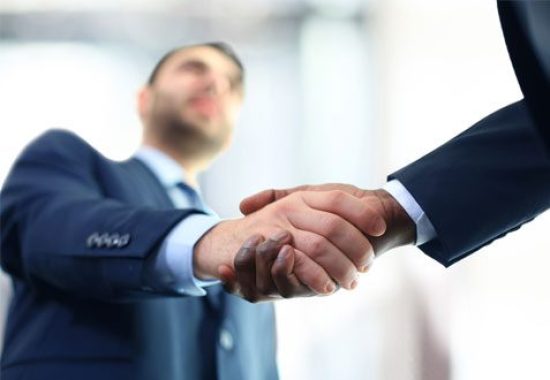
“Rapport is power.” – Tony Robbins
Have you ever met someone and felt a certain connection or click right away? You quickly come to the decision that you like this person and you’re going to get on well with them. This is because you have built rapport.
Rapport means total responsiveness between people – there’s a connection or spark in the communication or relationship. Building rapport is key in any business relationship, but it will definitely help you in an interview situation when you don’t have long to make a lasting impression that ultimately could have a big impact on your future.
It’s easy to build rapport with people who are just like you. The challenge is building it with people who are different which, let’s face it, is the majority of people.
Most people try to build rapport by using words. However, Tony Robbins points out that only 7% of our communication is words, which means that you’re leaving out the other 93% of your skills! He highlights that questions don’t create rapport, they are a digging tool.
Rapport is created by a feeling of commonality. This is why we often use questioning to try to discover what we have in common. However, something that always works is matching and mirroring. Here’s how you can use matching and mirroring to build rapport with your interviewer.
Handshake – Start your interview in the right way by mirroring your interviewer’s handshake. Most are likely to offer a firm handshake, so be ready to match it.
Tone of voice – If you mirror the speed and volume of the voice of your interviewer they will naturally feel more connected to you. Matching their accent, however, is a no-no!
Terminology – Make an effort to use similar language to your interviewer. If you use the same words that they do, they will instantly feel like you hear them, understand them and are as intelligent as them. You should also familiarise yourself with the job description before your interview and weave the skills and qualities that are required for the role into your answers.
Posture – Is your interviewer sitting up straight, or are they more relaxed? Have they crossed their legs? Match how they are sitting and you will build rapport more easily.
Gestures – We often use numerous gestures when we speak, so try using similar gestures to your interviewer when you’re talking.
Style – Ok, so it’s impossible to know exactly what your interviewer will be wearing before you’ve even seen them. But some research into the company should be able to give you an insight into what the culture is like and what the dress code may be, so choose your outfit based on this.
Eye contact – We’re often advised to make eye contact as this shows confidence and suggests that we are listening. However, Tony Robbins argues that it is more important to match eye contact. When someone is looking you in the eye, look them in the eye, if they look away, look away too.
If I do all of these things my interviewer is going to think that I’m a crazy person, we hear you say. Well, you don’t need to do all of these things to build rapport, just a couple can make a big difference.
It’s not about rigidly copying everything your interviewer does. If they cross their legs you don’t need to do it at exactly the same time. Wait until you are speaking next and then do it.
It’s a lot to think about but trust us, these techniques work! For more on building rapport, take a look at Tony Robbins’ TedTalk below.
Notifications